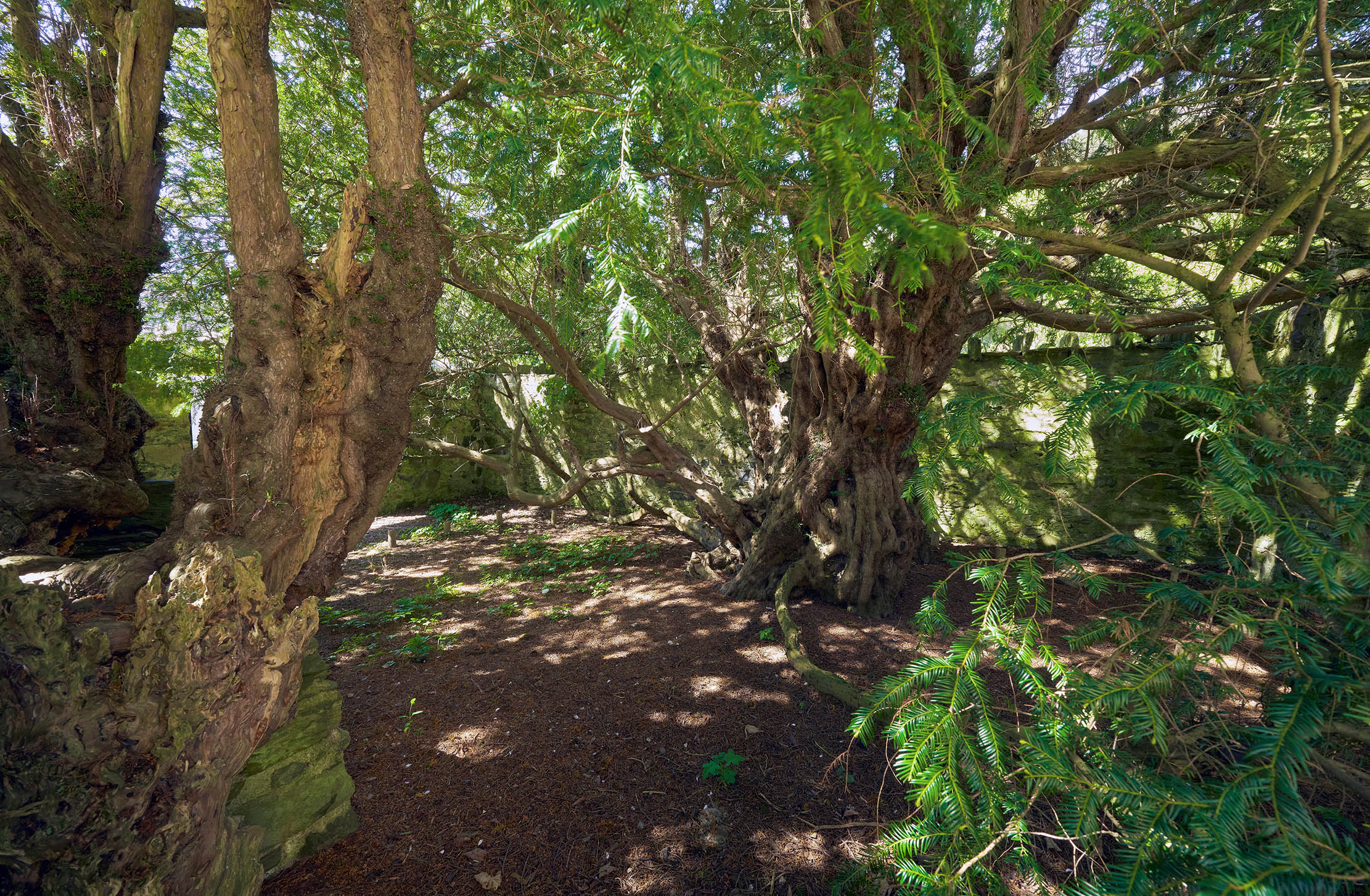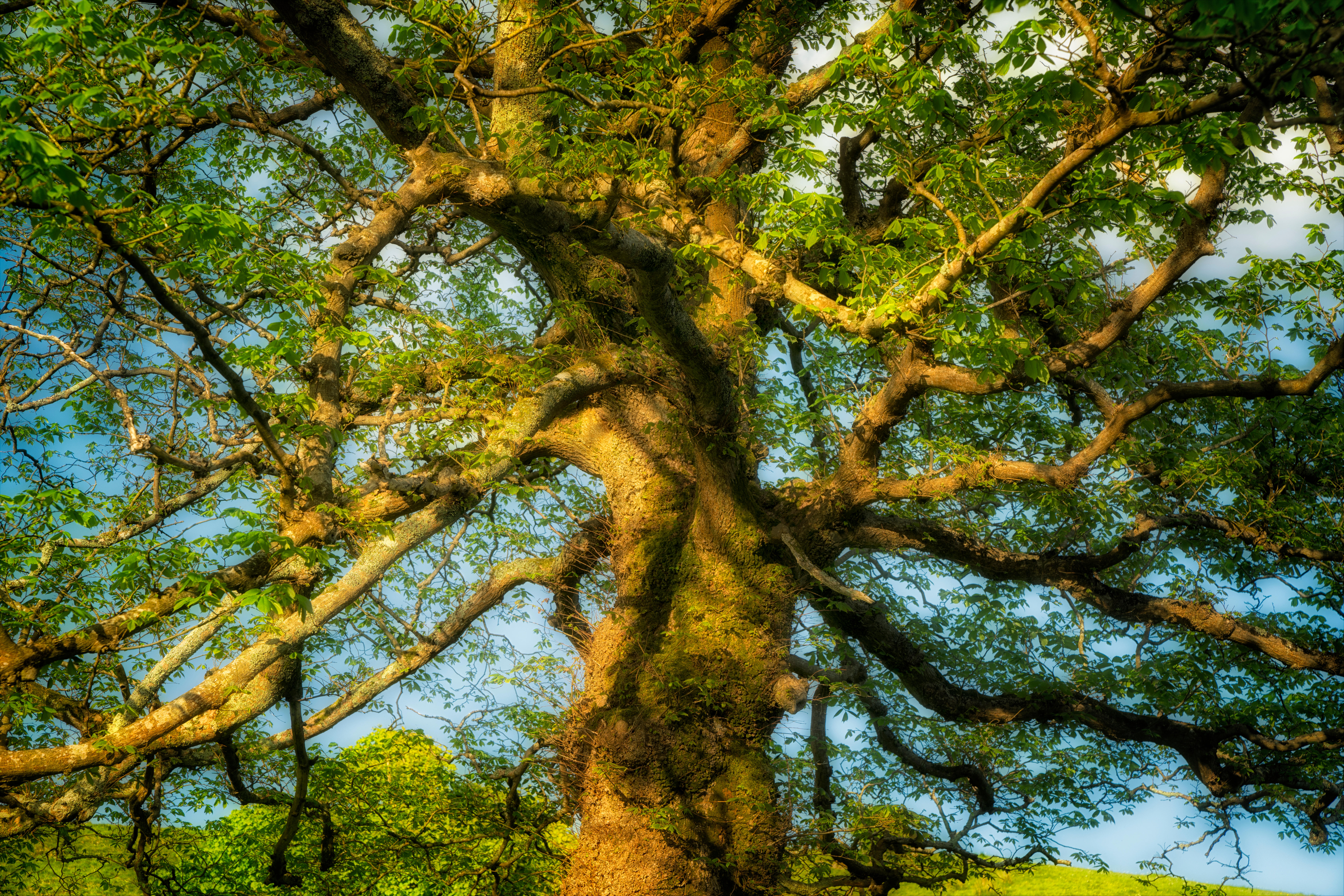The Fortingall Yew, the Scottish tree which was already 3,000 years old when Christ was born
Yews are well known for their longevity, but few — if any — can top the 5,000-year-old Fortingall Yew.

What is the oldest living organism in Europe? It could be the yew tree that grows in the churchyard at Fortingall. Long ago, the trunk changed shape, losing its centre and one side to become a one-dimensional ligneous wall. Nobody quite knows the exact age of this relic, but it is calculated not in decades, not in centuries, but in millennia.
The late Duke of Buccleuch made a pilgrimage to see it shortly before his death. ‘I never cease to marvel at the fact that there is something living today that was 3,000 or more years old at the time of the first Christmas,’ he said.

Britain is lucky to have the greatest number of ancient trees in Northern Europe; Richmond Park alone is said to contain more centuries-old oaks than France and Germany combined.
How to see the Fortingall Yew
Seeing the tree itself is easy, and free: it's right outside the church in the centre of the village of Fortingall in Perthshire. The well-regarded Fortingall Hotel is practically next door for those who want to grab a drink, a bite to eat, or to stay a little longer.
Fortingall itself is extremely remote: it's in the Highlands close to Kenmore, the settlement at the north-eastern corner of Loch Tay. Pitlochry, the de facto tourism capital of this part of the Highlands, is 22 miles away — but almost an hour's drive, which tells you all you need to know about the roads you'll be traversing. The charming Aberfeldy is the nearest town of any size, and is 15 minutes away.

The mysterious death of the 1,000-year-old yew trees of the North Downs in Surrey
After a millennium of untroubled existence, a number of ancient yew trees in Surrey have died in mysterious circumstances. James

The Kent Downs AONB: One of Mother Nature's works of art, from the famous White Cliffs to the wildlife of the Garden of England
Victoria Marston takes a look at the magnificently beautiful Kent Downs AONB.
Exquisite houses, the beauty of Nature, and how to get the most from your life, straight to your inbox.

The history of the elder tree: From deities and dryads to Shakespeare and J.K. Rowling
Does our love of a tall glass of elderflower cordial speak of an ancient connection with the tree itself, wonders